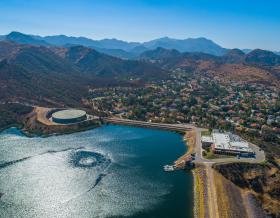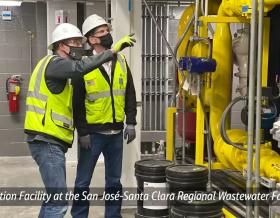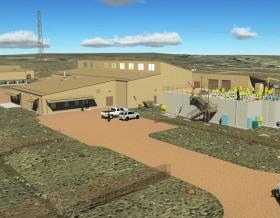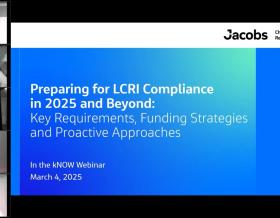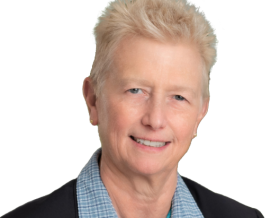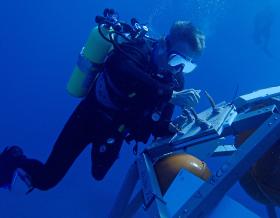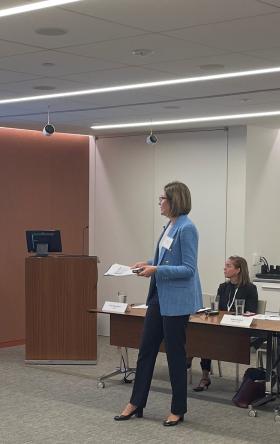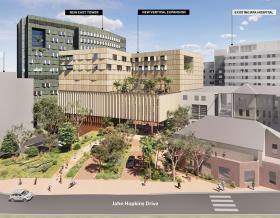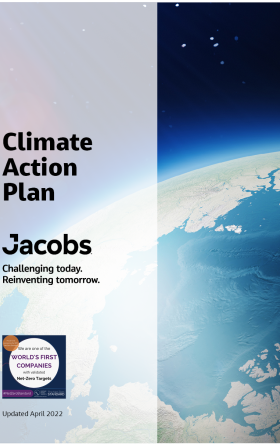PASADENA, Calif.--(BUSINESS WIRE)-- Jacobs Engineering Group Inc. (NYSE:JEC) announced today that it was honored with three awards at the 2014 American Council of Engineering Companies (ACEC) Engineering Excellence Awards Gala.
ACEC’s annual Engineering Excellence Awards recognize preeminent engineering achievements from throughout the world, using criteria such as uniqueness and originality, complexity, and technical, economic and social value.
Jacobs received Honor Awards for its work on two projects: The Chicago Department of Aviation’s Runway 10C-28C and Associated Taxiways project at O’Hare International Airport in Chicago, Ill; and Texas A&M University’s superior-efficiency power plant upgrade at its campus in College Station, Texas. Jacobs also won a National Recognition award for the Minnesota Department of Transportation’s Hwy 169/I-494 Interchange Reconstruction Project in Hennepin County, Minn.
For the project at O’Hare International Airport, Jacobs was part of a joint venture team that included AECOM, Milhouse Engineering & Construction, and Delta Engineering Group. With a total project budget of $1.3 billion, the design of new Runway 10C-28C included paving, lighting, marking, grading, drainage, service roads, airfield utilities, cargo tunnel, two cargo aprons, and navigational aids as well as project phasing and coordination with other enabling and ancillary projects. Delivered ahead of schedule and on budget, the project provided O’Hare with a parallel runway system that increases capacity and efficiency, representing a nearly $4 billion economic impact.
At Texas A&M University, Jacobs provided full-service design of the campus’ cogeneration plant, including combined heat and power (CHP) and electrical system design, construction administration, and commissioning. The new system requires one-third less fuel than a typical off-campus power plant with similar output and significantly reduces air polluting emissions. It generates up to 43.5 megawatts of electricity and serves the district energy system by supplying steam and chilled water for space cooling, heating, and hot water for the 5,200-acre campus. During the first month of the system’s operation, Texas A&M’s energy savings exceeded $1 million. The superior-efficiency power plant is part of the university’s initiative to reduce its CO2 emissions by 1.5 million tons over 30 years. The plant was the recipient of a 2013 ENERGY STAR® CHP Award by the U.S. Environmental Protection Agency.
The Hwy 169/I-494 Interchange Reconstruction Project in Hennepin County, Minnesota included a new interchange, freeway and local road system to replace one of the most congested interchanges in the region. The project demanded a complex design involving 12 new or widened bridges, six roundabouts, 11,000 feet of retaining wall, and seven noise walls. Together with design partner TKDA, Jacobs used performance-based design and design-build contracting to deliver the project nearly $40M under original estimates and on schedule, all while maintaining traffic flow. The project was also selected for the ACEC Minnesota Chapter’s Grand Conceptor Award, the chapter’s highest honor.
Jacobs Executive Vice President Phil Stassi stated, “It is very rewarding to be recognized by our peers at ACEC. We are pleased to have partnered with excellent team members and clients on these projects; which demonstrate some of our innovative delivery and design techniques and are the result of our relentless focus on safety, quality, value, and helping our clients achieve their goals.”
Jacobs is one of the world's largest and most diverse providers of technical professional and construction services.
Statements made in this release that are not based on historical fact are forward-looking statements. We base these forward-looking statements on management’s current estimates and expectations as well as currently available competitive, financial and economic data. Forward-looking statements, however, are inherently uncertain. There are a variety of factors that could cause business results to differ materially from our forward-looking statements. For a description of some of the factors which may occur that could cause actual results to differ from our forward-looking statements please refer to our 2013 Form 10-K, and in particular the discussions contained under Items 1 - Business, 1A - Risk Factors, 3 - Legal Proceedings, and 7 - Management's Discussion and Analysis of Financial Condition and Results of Operations. We do not undertake to update any forward-looking statements made herein.
Source: Jacobs Engineering Group Inc.
Jacobs Engineering Group Inc.
Michelle Jones, 626-578-6968



